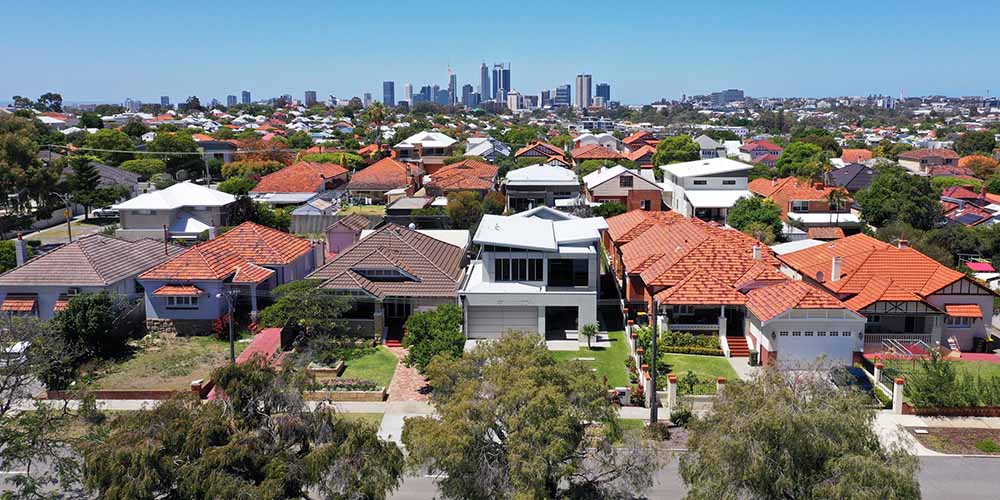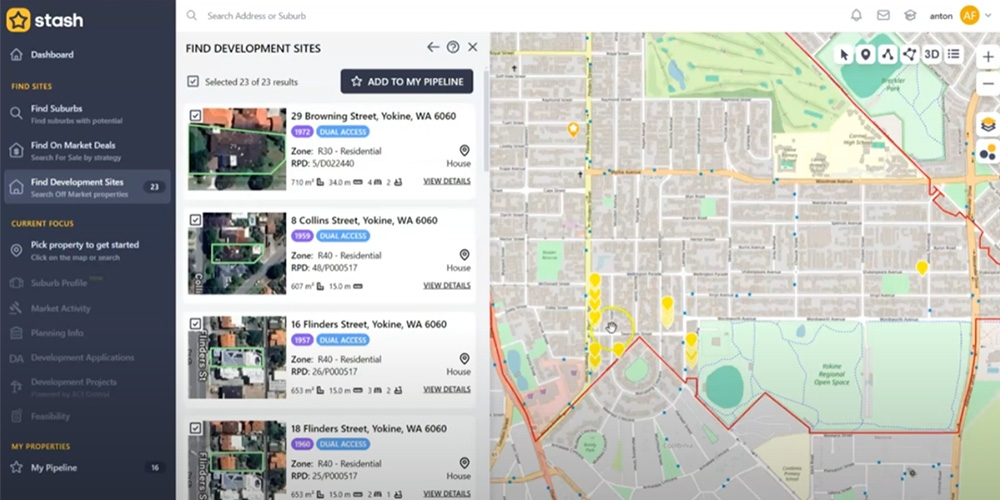
Things to come and things to consider for the rest of 2022 – sailing the ship through high inflation and interest rates.
2022 has convened with previous years to continue a suite of surprises both nationally and abroad.
Russia’s invasion of the Ukraine and credit uncertainty in China, which continues so suffer from mass lockdowns whilst other countries seem to be emerging from pandemic measures, have added volatility to global oil and financial markets.
Invasion and inflation are the tow buzzwords published in the world’s tabloids. The highest trend for developed countries (excluding Turkey) has been rapid interest rate rises in response to growing concern from central banks over post pandemic spending. Even the sleepy European monetary fund, accused of doing too little for too long, has determined suddenly, and rapidly, to increase central rates with a rate rise of 150 basis points over just two consecutive periods.
The story at home, in Australia, is little different. Interest rates have increased at a rapid pace as the RBA seeks to use the cash rate to pull the breaks on consumer spending which, by the way, was at a record level in July. Some other noteworthy observations from the last CoreLogic report on housing (and I wouldn’t go back too much farther than that – everything has changed so quickly!):
In contrast to the spike in consumer spending, dwelling approvals, which are considered a reasonable metric for assessing buoyancy in the building market – to which development is tied – fell sharply across the nation. The ABS released figures showing a national yearly average fall to July between private sector housing and dwellings of 25.9% (ABS). When assessed by state, Western Australia was clearly in the lead with approvals falling by 36.9%. the next closest loser was Victoria at 17.4%. It is worth observing that in South Australia and two other states that private sector housing approvals rose, although when assessed on volume, this increase is notional at best. Overall, we are on trend to be back at housing approval levels August 2020 – pre covid – if we aren’t already there. There is always a lag in statistics. The biggest difference? Cost of goods – the only trend upwards in that last report was the value of building approvals. As a nation, we are building less, but its costing more than it did before.
As a summary, key metrics across the nation indicate that rents have gone up, migration is increasing, and building is slowing down – due to affordability and disillusion with the build times. One adds to this the obvious, and rapid rate of inflation which has put enormous pressure on working class households. The impact on the building industry will be felt shortly. Retail and hospitality are sure to follow suite – with the RBA promising more rate rises until at least the middle of next year. The single quarter to June saw the housing costs for owner occupiers increase as mouth-watering 20.3% for owner occupiers (CoreLogic).
Opportunities ahead for property developers
As property developers, what can we gain from this information and what opportunities are available in such a market?
The obvious observation seems to be that an overall demand for housing to live in will not decrease. As migration increases, especially to major cities, so too will demand for rentals. Although the last census showed that more than one in 3 Australians chose to live alone, and that we currently have over 1 million vacant houses in Australia (largely held by investors) it is unlikely that Australians will change their lifestyle preferences in the near term. It is further unlikely that parliamentary intervention will produce a land tax to penalise the holders of vacant housing stock fast enough.
Migration, and rent, will outstrip dwelling supply. Affordability of housing stock and building remains an issue, so for many, renting will be the only option. I project that the winners will be existing landlords, who will capitalise on the gap between demand and supply. Affordable rentals will be a in high demand.
That dwelling approvals have fallen so sharply would also indicate that much of the heat we saw in new dwelling markets during the pandemic was driven by government stimulus and low interest rates. Now that the money is gone, so too are the buyers. The only legacy is a higher cost of goods and services in the construction sector, and presumably, a debt headache. Increased cost of living driven by inflation and rate rises are sure to bring cash flow to a standstill (comparatively) before Christmas. I indicate that struggling households will begin to default by mid next year. If mum and dad cant bail out the kids (again) I expect swathes of subprime, government stimulus backed householders to be back in the rent market within the next 18 months. So, its migration and repossession that will drive demand for rentals. One thing seems for certain – rent is going up, or it’s really going up.
Planning for success
I would suggest embarking on planning build project with a view to producing affordable housing for sale, or rental income. There are obvious tax benefits to holding a property and using depreciation (which will help to net off any rate increase costs the borrower may experience) and new build to rent land tax reductions coming into play in WA soon too. Furthermore, with dwelling approvals lulling back to pre-2019 level in WA, we can expect that in the near future the flow on activity in the building market, and vicariously the demand on trades, will slow substantially. This slowdown will be sequential and is mapped back to the building process – first Granos, then bricklayers, then carpenters etc – but it will happen, probably returning to some form of stability and normality by mid 2023. Supply of materials will also return to a normal level as suppliers restock and global supply chains stabilise. It will then be a reasonable time to consider a build again- so why not prepare for that now?
Now is a good time to do project preparation activities; do some site hunting, perform feasibility modelling, and get planning approvals in place over the next 6-12 months. Getting ready now will give you an edge – you can be the developer who is ready to get started as soon as the trades are hungry again and the builders (who survived) have capacity again. A winner is always ahead of trend; let us help with putting a strategy in place to join this percentage of the population.
Get in touch with us to help you model a profitable project with some out of the box thinking. By using innovative ideas, alternate build technologies and planning variations, we can help you look at sites very differently to optimise returns in extraordinary circumstances. Remember the problems of today are temporary, and they are only problems if you don’t shift your perspective- adapt and see opportunity. So reach out and chat with us, let us show you how.




